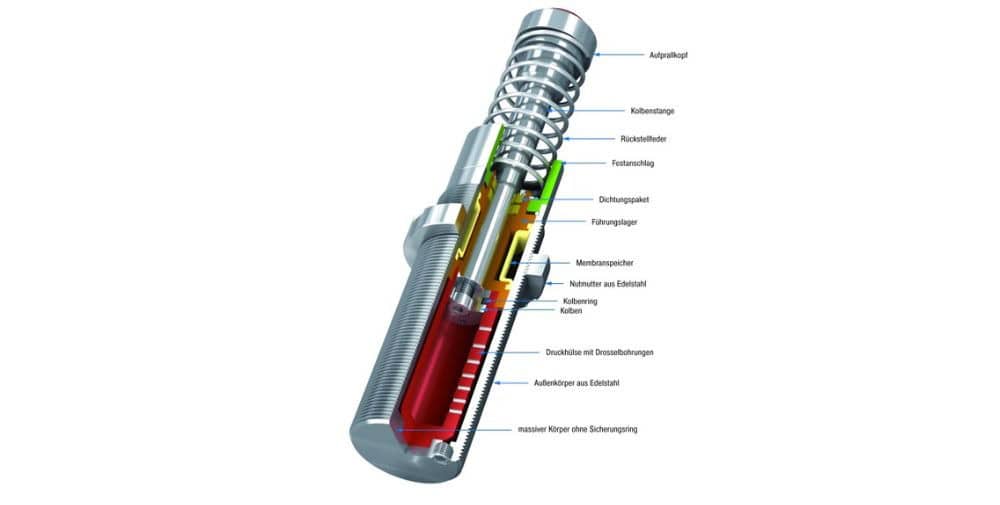
IBM already operates a large, global fleet of quantum computers and is now releasing a new Quantum Roadmap that outlines the company’s plans for developing a powerful, fault-tolerant quantum computer.
“IBM is breaking new ground in quantum computing,” said Arvind Krishna, chairman and CEO of IBM. “Our expertise in math, physics and engineering is paving the way for a highly scalable, fault-tolerant quantum computer – one that will solve real-world challenges and open up tremendous business opportunities.”
A high-scaling, fault-tolerant quantum computer with hundreds or thousands of logical qubits could perform hundreds of millions to billions of operations, which can help save time and money in areas such as drug discovery, materials research, chemistry and optimization.
Starling will be able to access the computing power needed for such challenges by performing 100 million quantum operations with 200 logical qubits. This will be the basis for IBM Quantum Blue Jay: This will be able to perform 1 billion quantum operations over 2,000 logical qubits.
A logical qubit is a unit of an error-corrected quantum computer that is tasked with storing quantum information on the scale of a qubit. It consists of several physical qubits that work together to store this information and monitor each other for errors.
Like classical computers, quantum computers must also be error-corrected in order to be able to execute large workloads without errors. To do this, clusters of physical qubits are used to create a smaller number of logical qubits with lower error rates than the underlying physical qubits. The error rates of logical qubits decrease exponentially with the size of the cluster, allowing a larger number of operations to be performed.
Crucial to scalable quantum computing is the creation of an increasing number of logical qubits that can execute quantum circuits with as few physical qubits as possible. To date, no clearly defined way to build such a fault-tolerant system without excessive development effort has been published.
The path to upscaling fault-tolerant systems
The successful execution of an efficient fault-tolerant architecture depends on the choice of error-correcting code and how the system is designed and built to enable the scaling of that code.
Alternative and previous gold-standard error-correcting codes present fundamental technical challenges. To achieve scaling, a non-executable number of physical qubits would be required to generate enough logical qubits to perform complex operations. This would require a disproportionate amount of additional infrastructure and control electronics. Therefore, it is unlikely that they can be implemented beyond small experiments and systems.
A powerful, highly scalable and fault-tolerant quantum computer requires an architecture that:
- is fault-tolerant to suppress enough errors for useful algorithms to succeed.
- can prepare and measure logical qubits by computation.
- can apply universal instructions to these logical qubits.
- can decode measurements from logical qubits in real time and modify subsequent instructions.
- is modular for scaling to hundreds or thousands of logical qubits to run more complex algorithms.
- is efficient enough to run meaningful algorithms with realistic physical resources, such as power and infrastructure.
Today, IBM is also unveiling two new papers detailing how the company plans to meet the above criteria to enable the construction of a highly scalable, fault-tolerant architecture.
The first paper lays out how such a system processes instructions and executes operations effectively with qLDPC codes. This work builds on a pioneering approach to error correction that was featured on the cover of Nature, which introduced quantum low-density parity-check (qLDPC) codes. This code significantly reduces the number of physical qubits required for error correction and reduces the required effort by about 90 percent compared to other leading codes. In addition, it identifies the resources required to reliably execute upscaling quantum programs, demonstrating the efficiency of such an architecture over others.
The second paper describes how to efficiently decode the information from the physical qubits. It lays out a path for identifying and correcting errors in real time using traditional computing resources
From Roadmap to Reality
The new IBM Quantum Roadmap outlines the key technology milestones that represent and will execute the criteria for fault tolerance. Each new processor in the roadmap addresses specific challenges in building modular, scalable and error-corrected quantum systems:
– IBM Quantum Loon, planned for 2025, is designed to test architectural components for qLDPC code, including “C couplers” that connect qubits over longer distances within the same chip.
– IBM Quantum Kookaburra, expected in 2026, will be IBM’s first modular processor designed to store and process encrypted information. It will combine quantum memory with logical operations – the fundamental building block for scaling fault-tolerant systems beyond a single chip.
– IBM Quantum Cockatoo, expected in 2027, will interleave two Kookaburra modules using “L-couplers”. This architecture will connect quantum chips together – like nodes in a larger system, avoiding the need to build excessively large chips.
Taken together, these development advances are expected to culminate in IBM Quantum Starling in 2029.
About IBM
IBM is a leader in hybrid cloud, AI and consulting. We help clients in over 175 countries commercialize insights from their data, optimize business processes, reduce costs and stay at the forefront of their industries. Thousands of government agencies and organizations in critical infrastructure sectors such as financial services, telecommunications and healthcare rely on IBM’s hybrid cloud platform and Red Hat OpenShift for fast, efficient and secure digital transformation. IBM’s breakthrough innovations in AI, quantum computing, industry-specific cloud solutions and consulting provide our clients with open and flexible options. All backed by IBM’s long-standing commitment to trust, transparency, accountability, inclusion and service.
– – – – – –
Further links
👉 www.ibm.com
Photo: IBM




